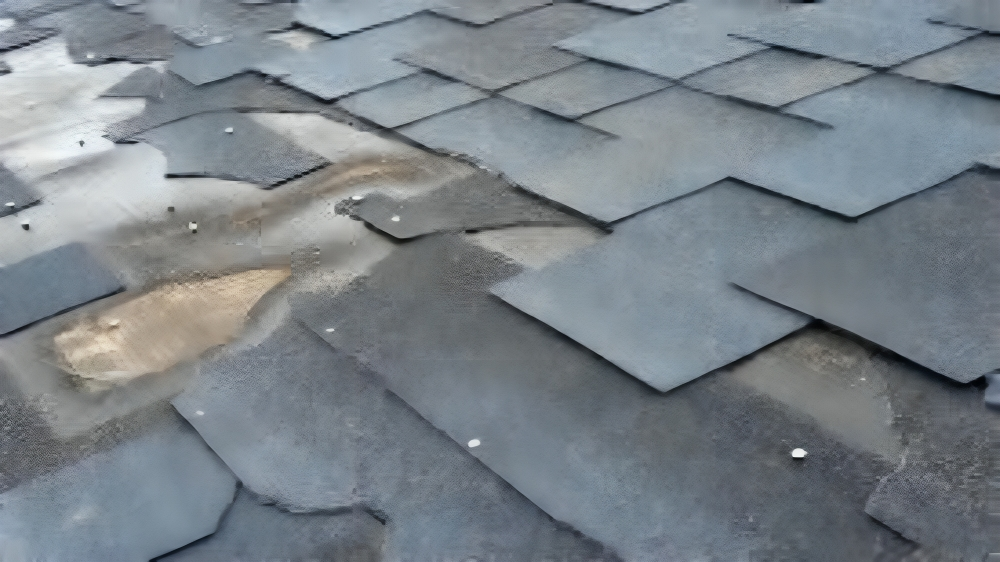Storms can cause significant damage to roofs, the critical barrier that protects homes from the elements. Being able to identify signs of damage early can prevent minor issues from becoming major repairs. This guide provides a comprehensive look at how homeowners can effectively assess their roof's condition after a storm.

Inspecting for Visible Damage
- Shingles: Examine the condition of the shingles. Look for those that are missing, have curled edges, or appear cracked and brittle. Asphalt shingles may lose granules, which often accumulate in gutters and downspouts, indicating excessive wear.
- Gutters and Downspouts: Inspect these components for physical damage and blockages. Storms can deposit debris that might clog your drainage system, leading to water overflow which can damage your roof and foundation.
- Flashing: This thin material, typically made from galvanized steel, is used to direct water away from critical areas of the roof, such as chimneys and skylights. Check for bends, breaks, or rust spots, which could compromise the roof’s waterproofing.
Signs of Water Damage
- Ceilings and Walls Inside Your Home: After a storm, look for new water stains on ceilings and walls. These stains often appear as dark or wet spots that aren't usually there. Peeling paint or bulging in the wall are other signs of moisture intrusion.
- Attic: Visiting your attic can reveal hidden damages. Use a flashlight to examine the underside of the roof for stains, streaks, or other water marks. Daylight showing through the roof boards suggests serious damage that needs immediate repair.
Dealing with Hidden Damages
- Structural Issues: While some damage is visible, other impacts can be hidden and cause structural weakness. This might include a sagging roof deck or weakened rafters which can compromise the structural integrity of your home.
- Professional Inspection: Engaging a professional roofing contractor is crucial. They can perform a more thorough inspection to detect damages that are not visible to the untrained eye. Professionals also have tools and methods to assess the roof’s condition without causing further damage.
Immediate Steps to Take Post-Storm
- Safety First: Do not attempt to inspect your roof during a storm or when it is wet. This can be extremely dangerous. Wait until it is safe to go outside.
- Document the Damage: Take clear photos and detailed notes of any damage. This documentation will be invaluable for insurance claims and future repairs.
- Temporary Fixes: If safe, and only if necessary, you may consider temporary solutions to prevent further damage, such as covering holes with a tarp. However, these fixes should only be temporary until professional repairs can be made.
Identifying and addressing storm damage to your roof promptly can save you from costly repairs in the future. While some homeowners may opt to perform an initial inspection themselves, hiring a professional to assess and repair the damage is often the safest and most effective approach. Always prioritize safety and do not hesitate to seek professional help when your home’s integrity is at stake.
If you’ve recently experienced severe weather and suspect your roof may be damaged, contact us today. Our certified roofing experts will provide a comprehensive inspection and high-quality repairs to ensure your home is protected and secure.